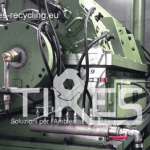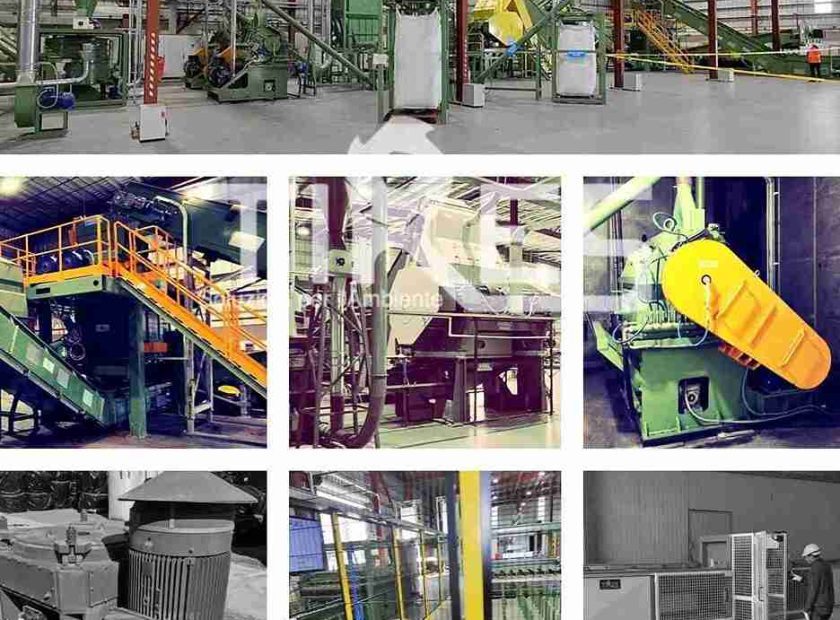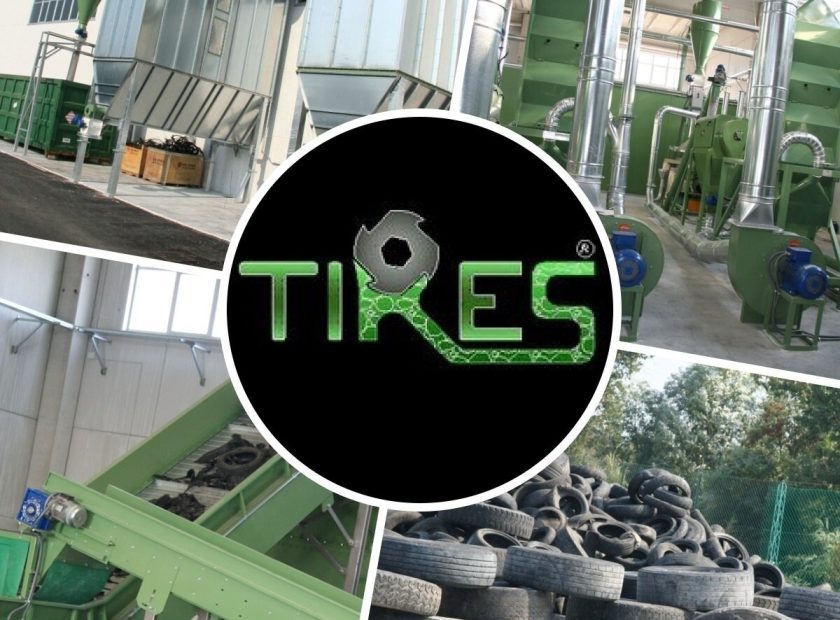Complete Guide: Tire Recycling Technology
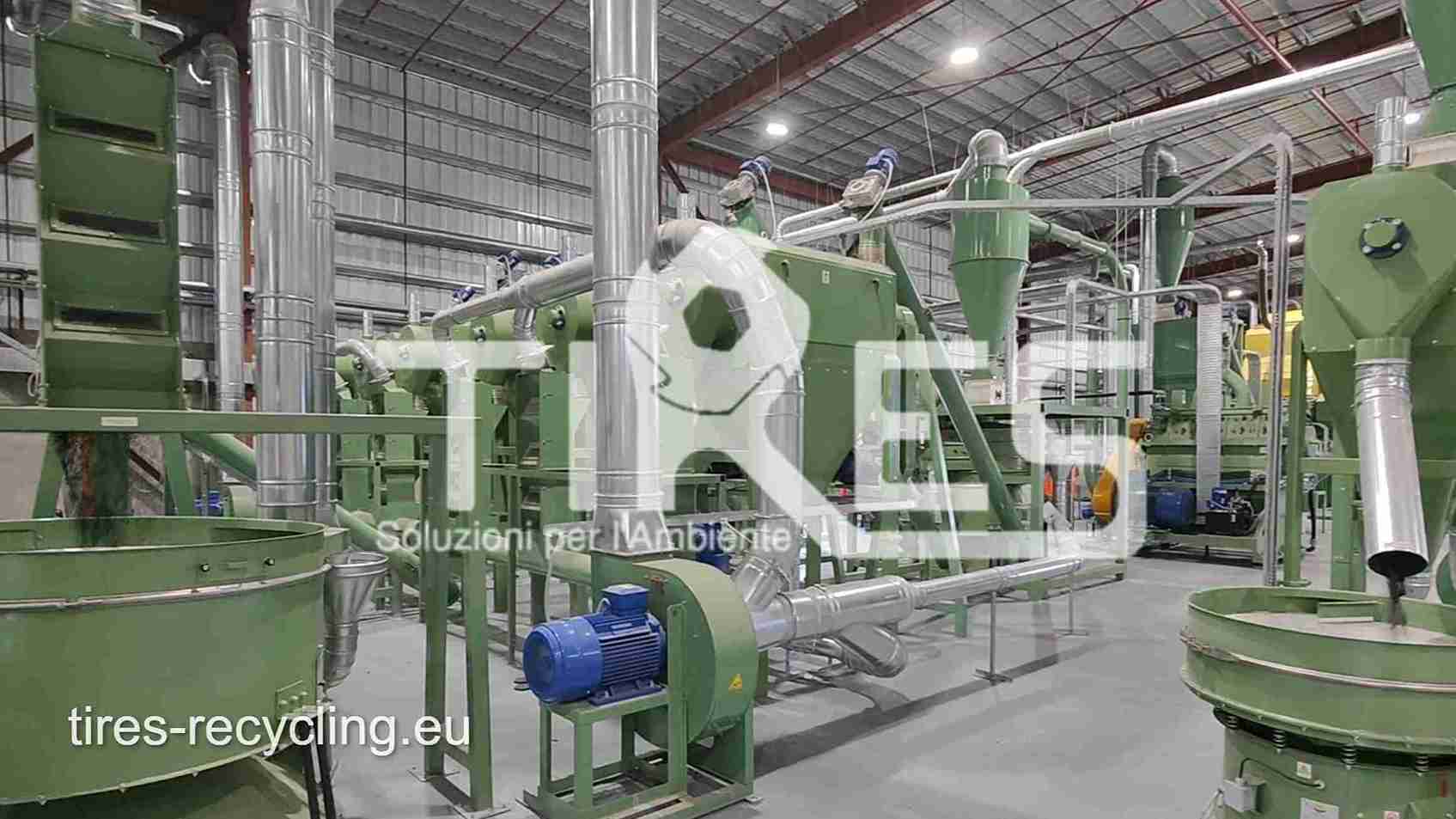
Complete Guide: Tire Recycling Technology
Introduction to tire recycling
Tire recycling is essential to reduce environmental impact and promote sustainability. In this guide, we will explore the most advanced technologies for tire recycling, analyzing their advantages and disadvantages, the markets for recycled products, and the growth expansion of the sector.
Main Technologies
-
Pyrolysis
Pyrolysis is a thermochemical process that decomposes tires at high temperatures in the absence of oxygen, producing pyrolysis oil (TPO), gas, and carbon black.
Pros:
- Recovery of valuable materials such as oil and carbon black.
- Significant reduction of waste.
Cons:
- High plant and maintenance costs.
- Emission of harmful gases that require treatment.
- Low-quality carbon black that needs further treatment and has a waste quota.
Usage Markets:
- Pyrolysis Oil (TPO): Used as a raw material for the production of new tires and other elastomers.
- Carbon Black: Partially used in the production of industrial tires, and in small volumes in inks and pigments.
Growth Expansion:
Pyrolysis technology is gaining ground due to the growing demand for sustainable solutions and the interest of tire manufacturers. The use of its products is still experimental, and maximum utilization of the products may be achieved in the next 20 years.
-
Cryogenics
Cryogenics uses extremely low temperatures to break down tires, facilitating the recovery of materials such as rubber and metals.
Pros:
- High quality of recovered materials with low surface porosity.
- Relatively clean process.
Cons:
- High energy consumption combined with electricity and liquid nitrogen.
- High operating costs.
Usage Markets:
- Recycled Rubber: Used in sports flooring, draining asphalts, and construction products to a minimal extent; the selling price makes it less versatile.
- Metals: Recovered and reused in the metallurgical industry.
Growth Expansion:
Cryogenics, thanks to its ability to produce high-quality materials, finds its niche market in the increasing use of industrial rubber products in the form of powders below 100 microns.
-
Mechanical Recycling
Mechanical recycling involves shredding tires into small pieces, which can be used in various sectors, such as road construction and the production of new rubber products.
Pros:
- Simple and well-established process over the years.
- Low operating costs.
- More economical selling price.
Cons:
- Lower quality of recovered materials compared to other methods.
Usage Markets:
- Shredded Rubber: Used in road pavements, sports fields, and animal welfare products.
- Steel: Reused in the steel industry.
Growth Expansion:
Mechanical recycling continues to grow due to its cost-effectiveness and the demand for recycled materials for infrastructure and consumer products.
Conclusion
Each tire recycling technology has its pros and cons. The choice of the most suitable technology depends on specific needs and available resources.
Our company is at the forefront of the sector, offering innovative and sustainable solutions for tire recycling through mechanical technology.
Call to Action
To learn more about our solutions and how we can help you implement efficient recycling technologies, contact us today!

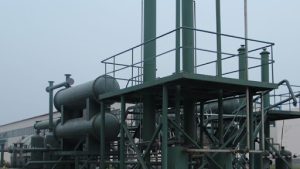 Pyrolysis
Pyrolysis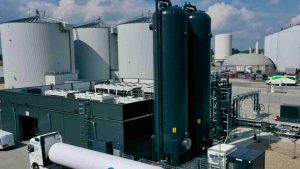 Cryogenics
Cryogenics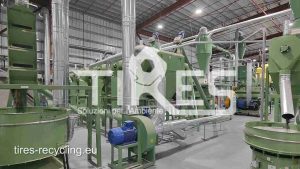 Mechanical Recycling
Mechanical Recycling